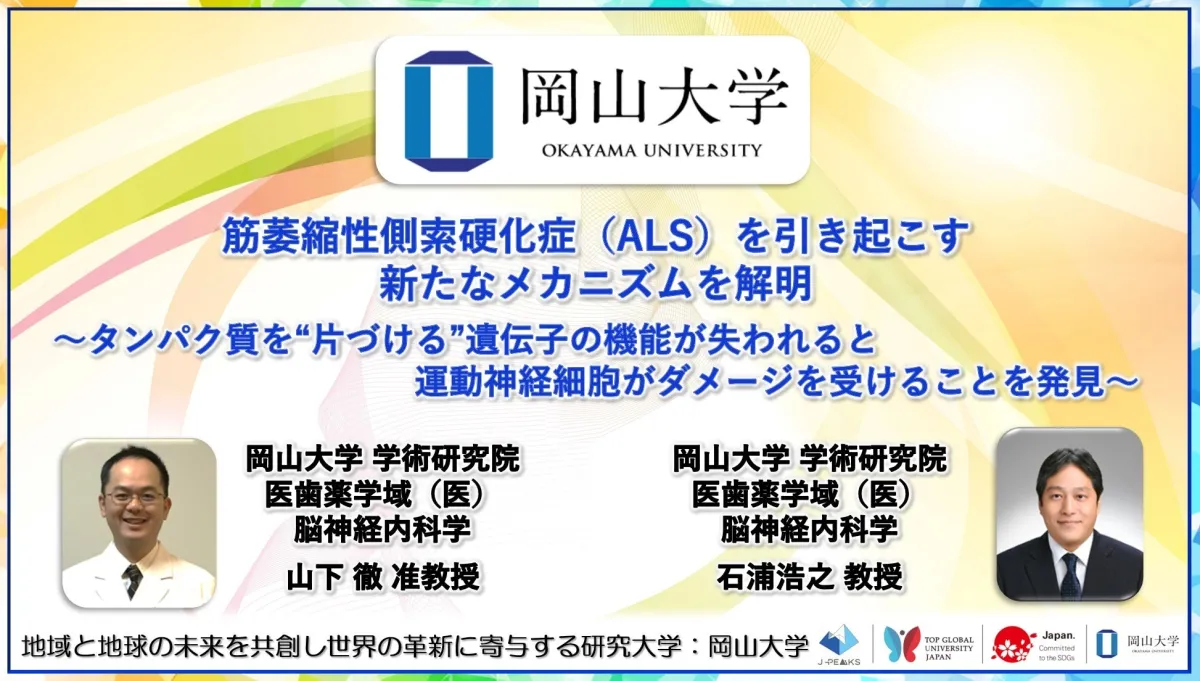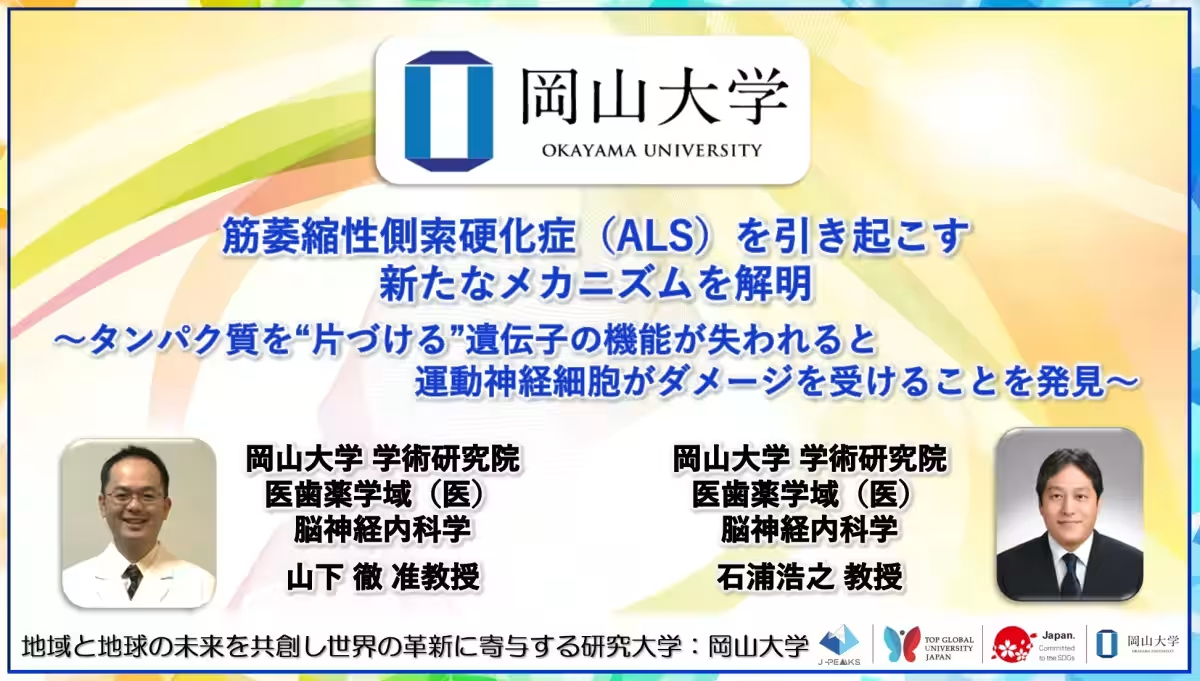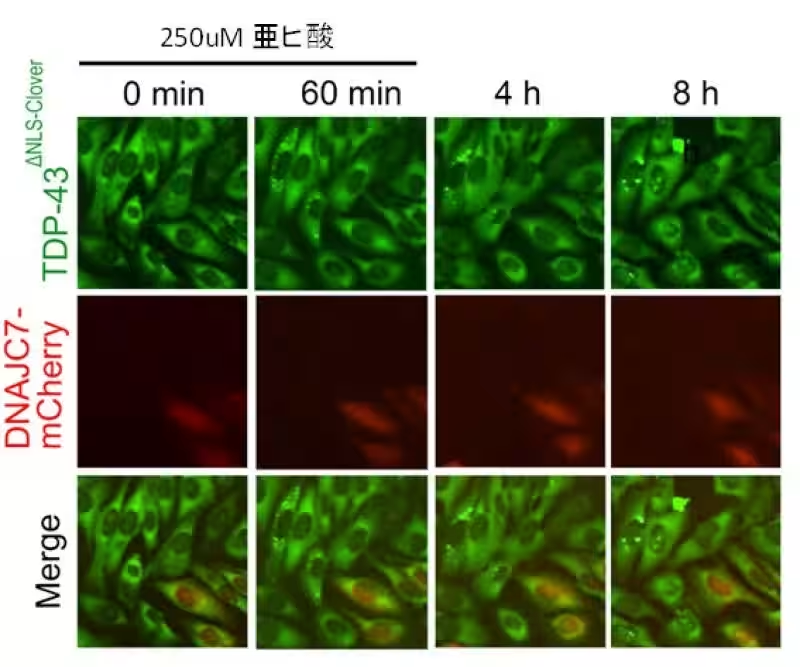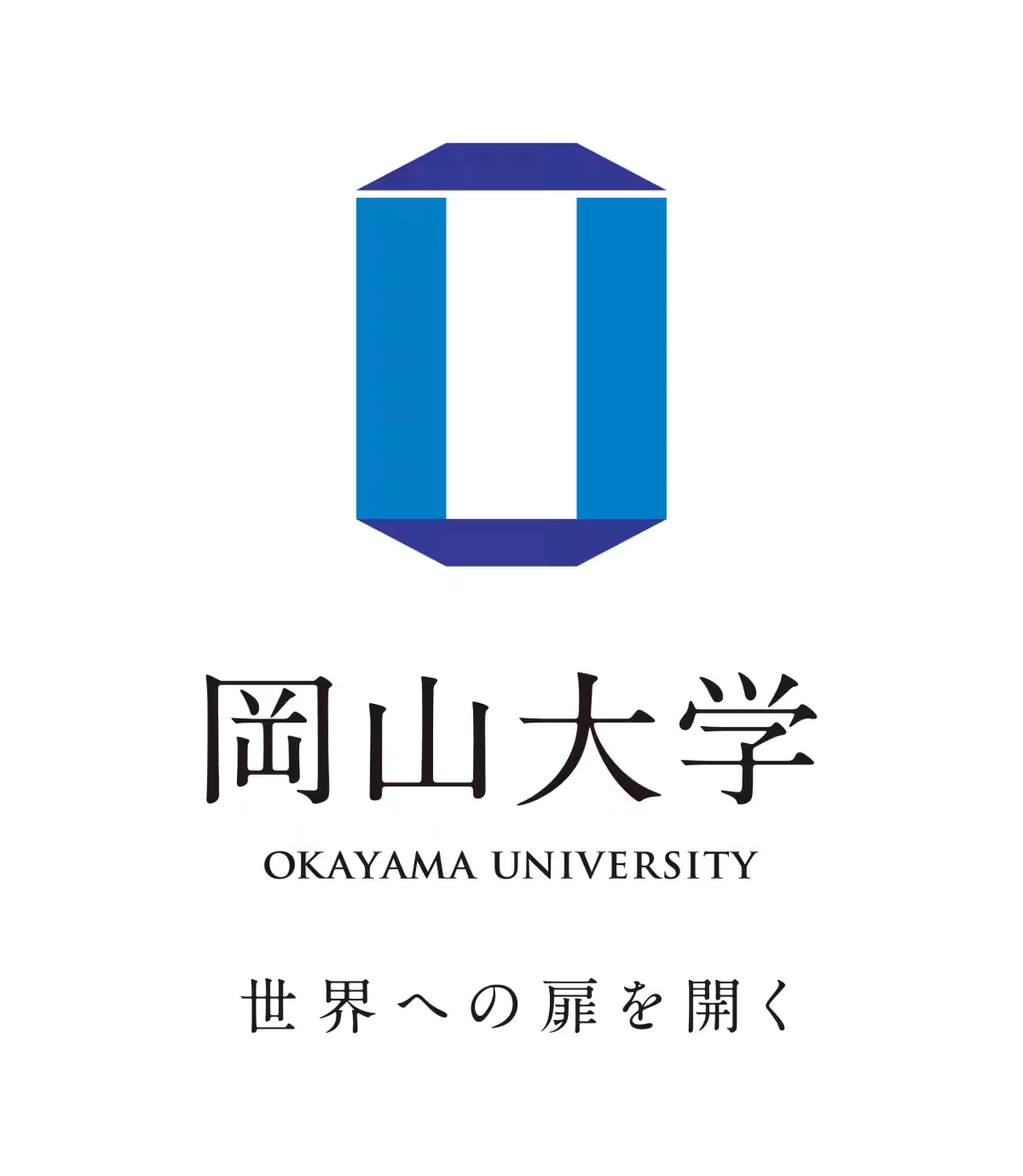

Okayama University Uncovers New Mechanism Behind ALS Development Linked to DNAJC7 Gene
New Insights into ALS Mechanism from Okayama University
A collaborative research group from Okayama University has recently made significant strides in understanding amyotrophic lateral sclerosis (ALS), particularly familial ALS, by identifying a new mechanism that involves the gene DNAJC7. This breakthrough could pave the way for novel treatment options for this debilitating neurological disease.
Background on ALS
ALS is a progressive neurodegenerative disorder characterized by the continued loss of motor neurons in the brain and spinal cord, leading to severe motor impairment. Despite extensive research, the exact causes of ALS remain largely elusive.
The recent study, published on July 1, 2025, in the journal Acta Neuropathologica, sheds light on how mutations in the DNAJC7 gene are linked to familial cases of ALS. This research was led by Associate Professor Toru Yamashita and Professor Hiroyuki Ishiura, alongside several collaborators, including experts in neurobiology and medical sciences.
Key Findings
The researchers discovered that familial ALS in certain Japanese families is caused by biallelic pathogenic variants in the DNAJC7 gene. This gene plays an essential role in maintaining protein quality within cells, and its dysfunction has been shown to lead to increased aggregation of TDP-43, a protein associated with ALS pathology.
Experimental results from cell models and zebrafish models of ALS indicated that when DNAJC7 is nonfunctional, the aggregation of TDP-43 protein accelerates. Conversely, reinforcing the expression of DNAJC7 resulted in a reduction of these aggregates, indicating a potential therapeutic strategy for treating ALS.
Implications for Treatment
The findings of this study highlight DNAJC7, along with related heat shock proteins, as promising targets for ALS therapies. The potential to enhance the function of DNAJC7 suggests that manipulating its expression could be a viable pathway for developing treatments aimed at reducing TDP-43 aggregation and consequently slowing disease progression.
Contributions and Future Directions
Both Yamashita and Ishiura expressed their astonishment upon realizing the role of DNAJC7 in familial ALS and emphasized the importance of continued research in this area. They welcome collaborative efforts to further explore the therapeutic potential of heat shock proteins, including DNAJC7.
This study not only contributes vital knowledge to the field of ALS research but also marks a pivotal step toward formulating new treatment strategies that could benefit patients suffering from this condition. The collaborative efforts of Okayama University continue to seek innovations that enhance our understanding of genetically linked diseases and improve the lives of those affected.
Research Funding
This research was supported by grants from Japan's Ministry of Education, Culture, Sports, Science and Technology (MEXT), the Japan Society for the Promotion of Science (JSPS), and the Japan Agency for Medical Research and Development (AMED), among others.
For further details, visit the official Okayama University press release and explore the groundbreaking work being done in the realm of neurological disorder research at Okayama University.










Topics Health)










【About Using Articles】
You can freely use the title and article content by linking to the page where the article is posted.
※ Images cannot be used.
【About Links】
Links are free to use.